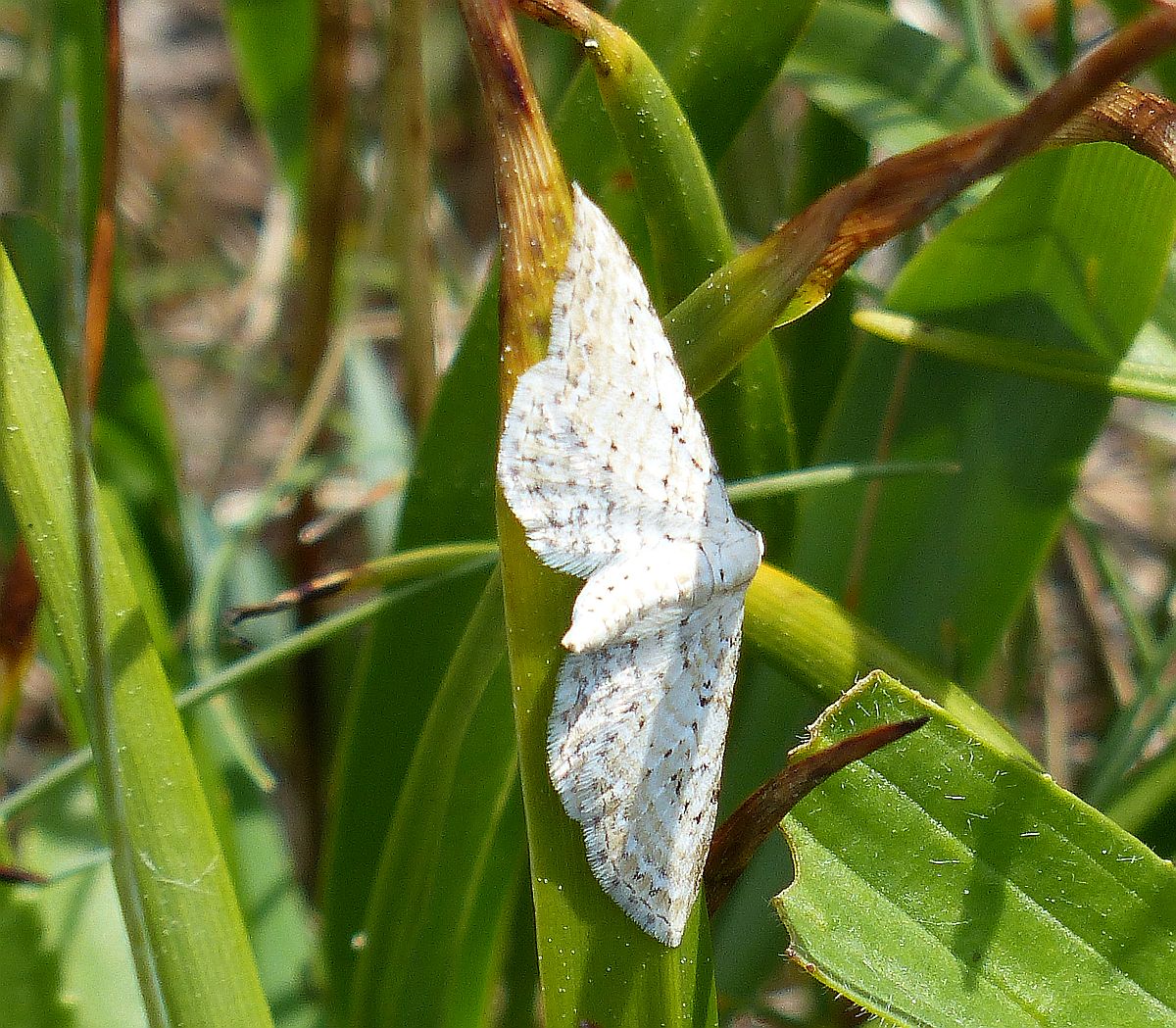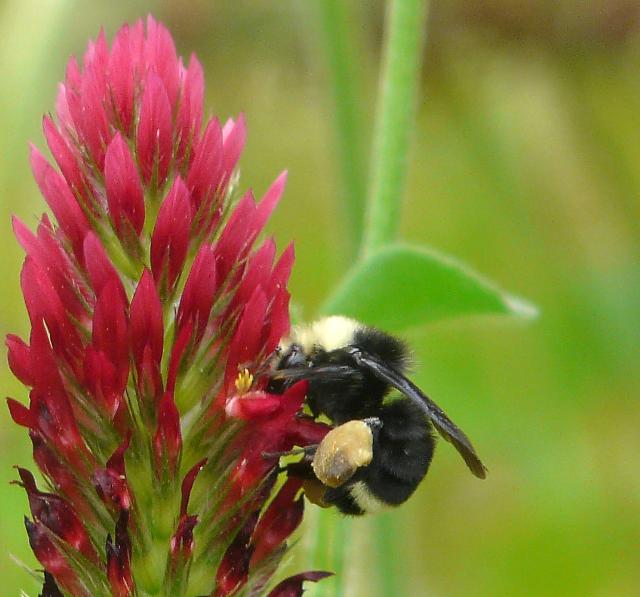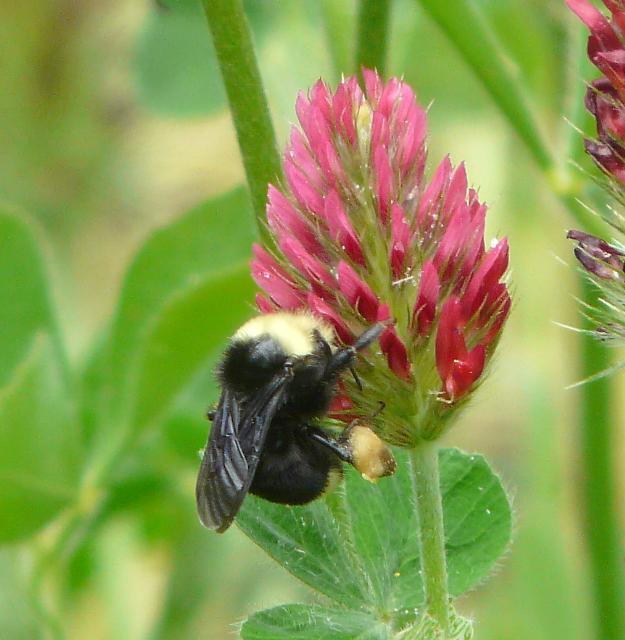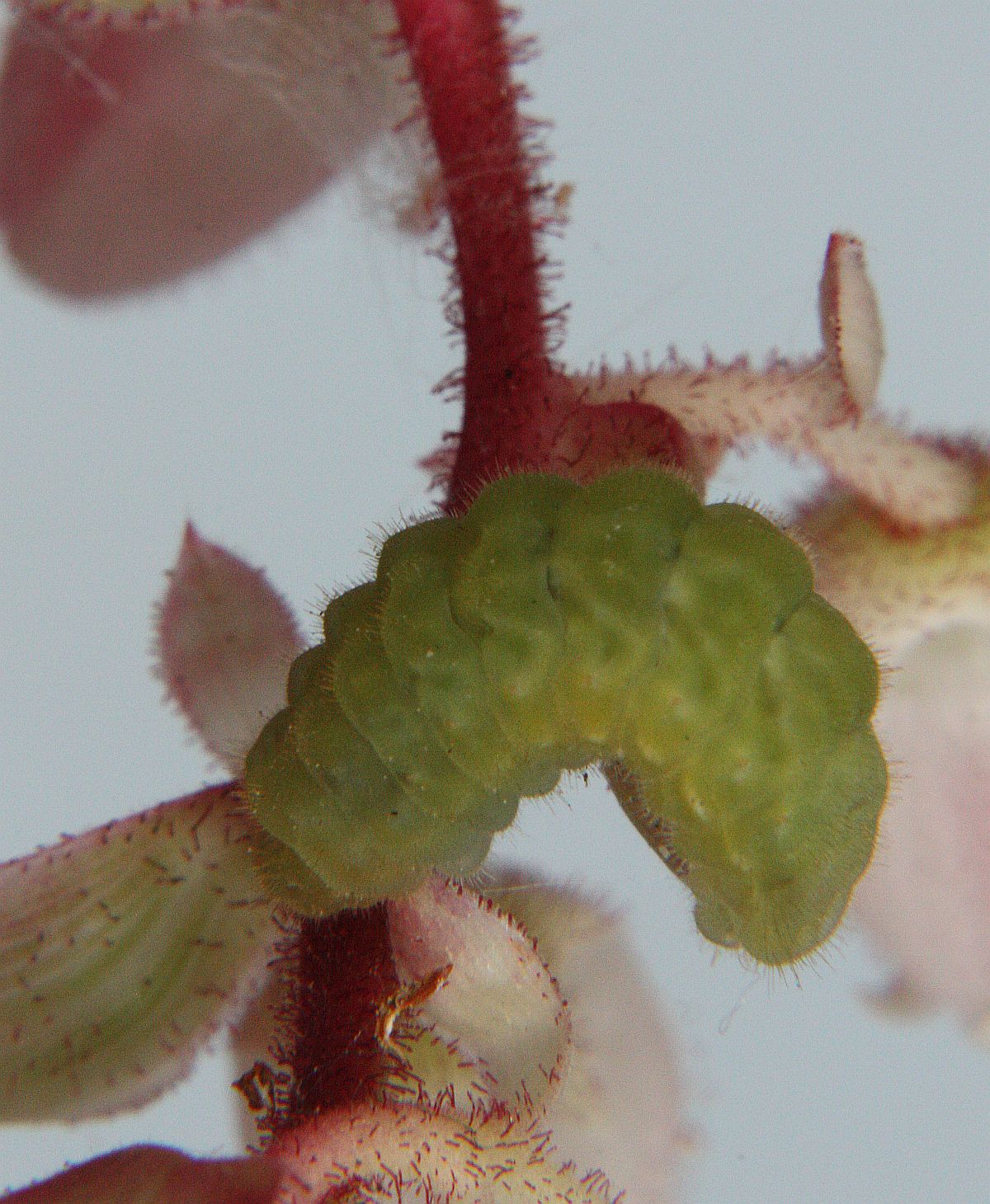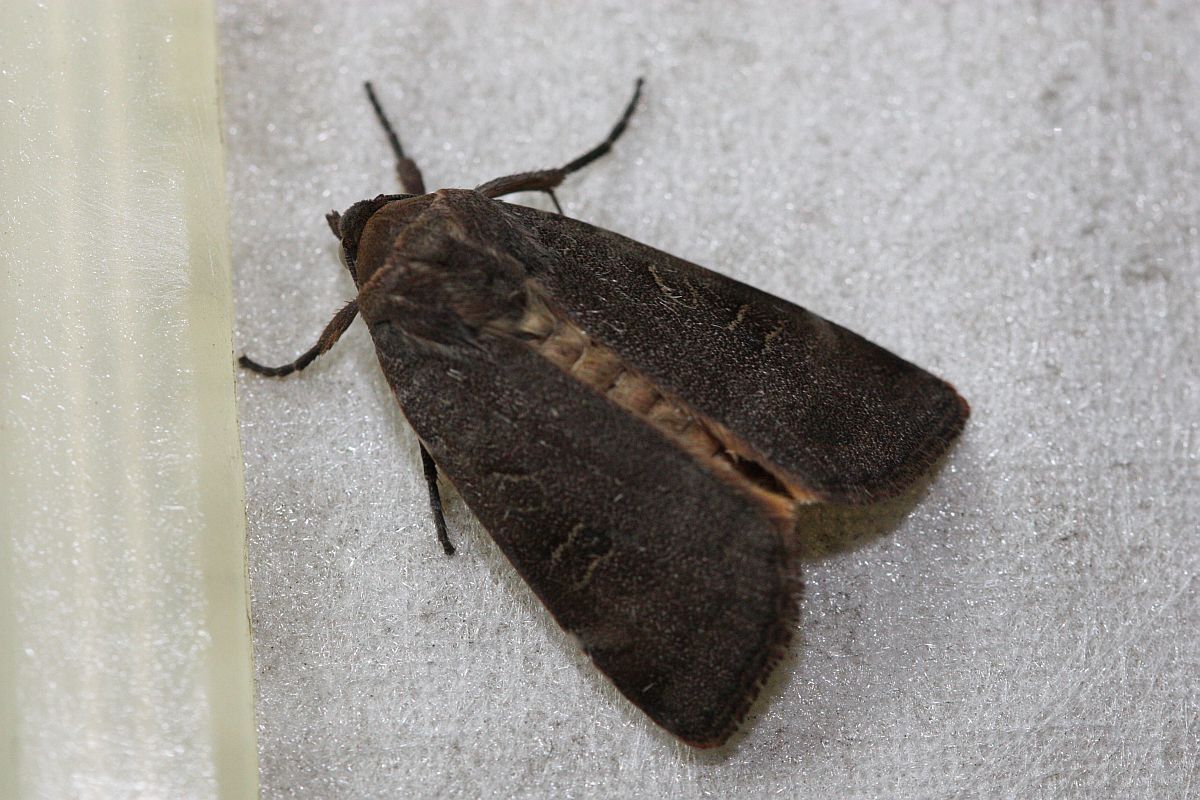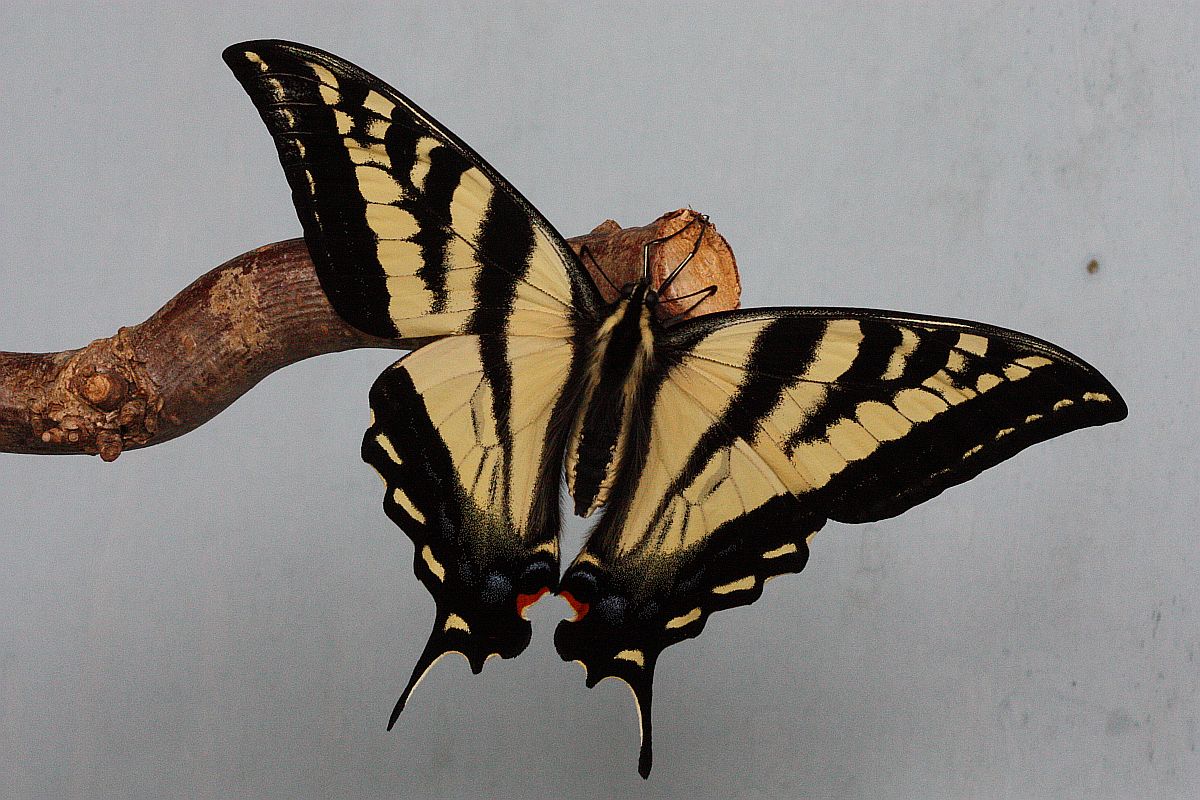2015 June 4, 2015
THREE IMPORTANT NOTICES
from
AZIZA COOPER
1.
I would like to change the destination and the date of the projected trip to Mount Cokely.The new plan is to go to Mt Washington instead, and to change the date to June 20 instead of June 13, and the departure time to 8:00 am instead of 9:00 am. As usual with butterflies, this trip is weather-dependent and needs sunshine to proceed.
Change of date is because June 13 was chosen to suit Mike Yip’s schedule, and it’s no longer essential that he guides us if we go to Mount Washington. June 13 is the date of this year’s Metchosin BioBlitz, which I hope we will support.
The butterflies are excellent on Mount Washington, the distance is about the same, and the driving and parking are much better. The dirt road to Mount Cokely is narrow, steep and winding. It is unsuited to a multi-vehicle expedition. Dirt bikes, ATV’s and other recreational traffic kick up dust and sometimes pass at high speeds. Fire closures are already in effect for the logging areas of the east Island, and the Mt Cokely road may be affected by next week.
Butterfly areas at Mount Washington are near the base of the chairlift and the trails beginning from the lodge. The chair lift will be operating (weekends only in June), and we may go up to look for the high elevation butterflies: Great Arctic, Rocky Mountain Apollo and Arctic Blue. Cost of the chair lift is $17 (Seniors $15). Paradise Meadows is another possible butterfly location. The café and restrooms in the lodge are open all day.
So on Saturday, June 20, we will meet at Helmcken Park and Ride at 8am,(not 9am) or at Mount Washington in front of the lodge at 10:30am.
From Victoria, head north on ROUTE 1 N / TRANS CANADA HWY N. past Nanaimo and take EXIT 130 to Strathcona Parkway which leads to Mount Washington Alpine Resort. Estimated driving time: 2 1/2 hours.
Please reply to me if you are attending, to arrange rides. Riders should share costs of the trip, approximately $15 per person. I’d also like to enquire about a group rate for the chairlift if I know the approximate size of the group.
Don’t forget to bring: butterfly field guides, binoculars, sunscreen, comfortable shoes, water and a snack for the hike.
Sorry for any inconvenience due to the date/location change. I hope to see you all at Mount Washington, if the sun shines!
Aziza Cooper
2.
Hi, Butterfly observers,
This month’s butterfly walk on Sunday, June 7 will be combined with a VNHS birding trip to the Duncan area.
If you’re not joining the birding trip, meet the group at the highway pulloff at Somenos Lake north of Duncan at 1pm. We will drive to our butterfly area from there. Drive north from the traffic light at Beverly Street. Somenos marsh is on your right and the pulloff and parking area is on your right about halfway to the next light.
Butterfly-watching is weather-dependent. If the weather is not sunny, we’ll continue birding in the area.
The birding trip follows the description in the VNHS calendar:
Duncan Area Butterflies & Birds
WhenSun, 7 June, 07:00 – 16:00
Where119 St Giles St S, Victoria, BC V9B (Helmcken Park and Ride) (map)
DescriptionField Trip (LEVEL 2) For our monthly butterfly outing, we will venture farther afield to the Duncan area this time and combine it with some birding. The morning will mostly be spent birding, starting with an enjoyable walk along the productive Dock Rd and then we will try to find a nearby Red-eyed Vireo plus other warblers, vireos and flycatchers. Bring a lunch and we will spend the afternoon searching for the amazing array of butterflies in this area. It needs to be sunny to make this part worthwhile. Otherwise we’ll continue birding in other areas nearby. Meet at 7:00 a.m. at Helmcken Park & Ride to car-pool or at 7:45 a.m. at Cowichan Bay Dock Road (north of the intersection of Cowichan Bay Road and Tzouhalem Road). Contact Aziza at 250-516-7703 or email Agnes at thelynns at shaw.ca for more information.
Happy butterflying,
Aziza Cooper
3.
Hi, Butterfly enthusiasts,
The Washington (state) Butterfly Association (WBA) is having their annual conference this month, from Friday, June 26 to Sunday, June 28, with an optional field trip on Monday. The cost is very reasonable and the location is extremely attractive: the American Okanogan and renowned butterfly locations nearby.
There will be talks on Friday and Saturday evenings, and dinners (cost not included). Accommodation costs are also not included.
The cost is $90 for members and $45 for non-members. With Canadian exchange, $45 comes to about $57 CAD.
For further information, registration, descriptions of the field trips and information about motels and camping see the website:
http://wabutterflyassoc.org/annueal-conference/overview/
Pardon the plug for an out-of-area activity, but the Okanagan butterflies are too good to miss. It’s a popular destination, so reserve your motel rooms as soon as possible.
Cheers,
Aziza Cooper
Jeremy Tatum writes: We have a big backlog of photos to post, but I’ll leave this posting to the above three notices. The backlog of photos will probably be spread out over the next few days. But don’t stop sending photos and observations in. It’s all exciting!
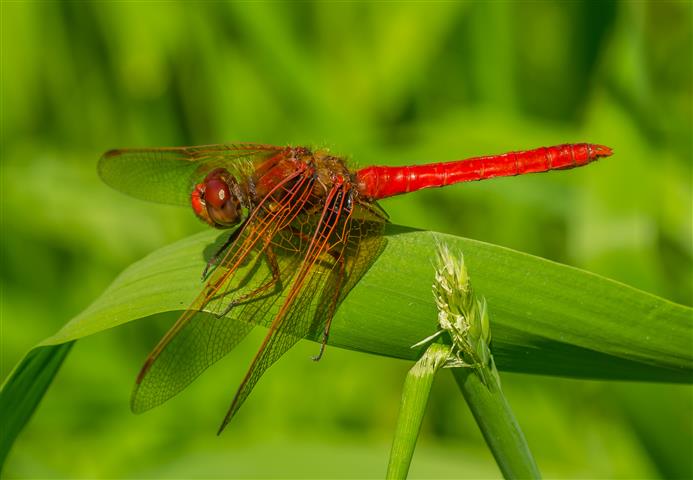
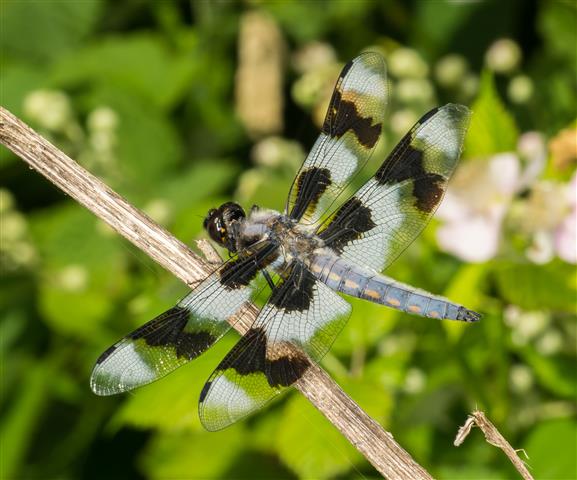
 Male Eight-spotted Skimmer Libellula forensis (Odo.: Libellulidae) Ken Vaughan
Male Eight-spotted Skimmer Libellula forensis (Odo.: Libellulidae) Ken Vaughan
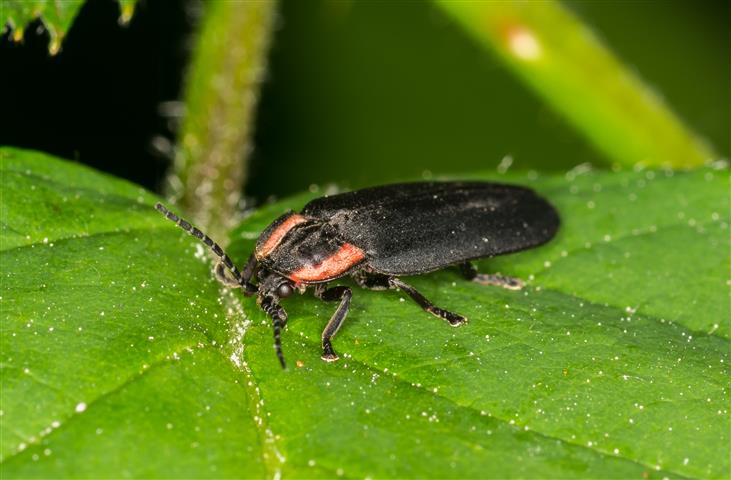
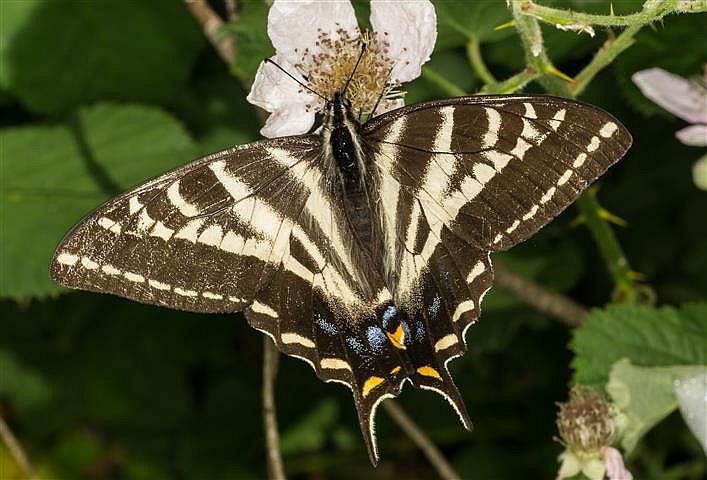
 Pale Tiger Swallowtail Papilio eurymedon (Lep.: Papilionidae) Ken Vaughan
Pale Tiger Swallowtail Papilio eurymedon (Lep.: Papilionidae) Ken Vaughan
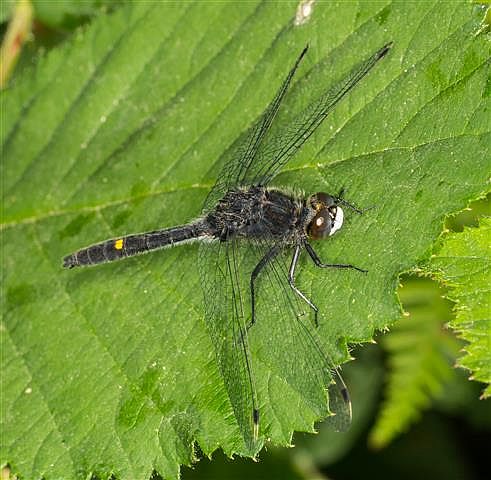

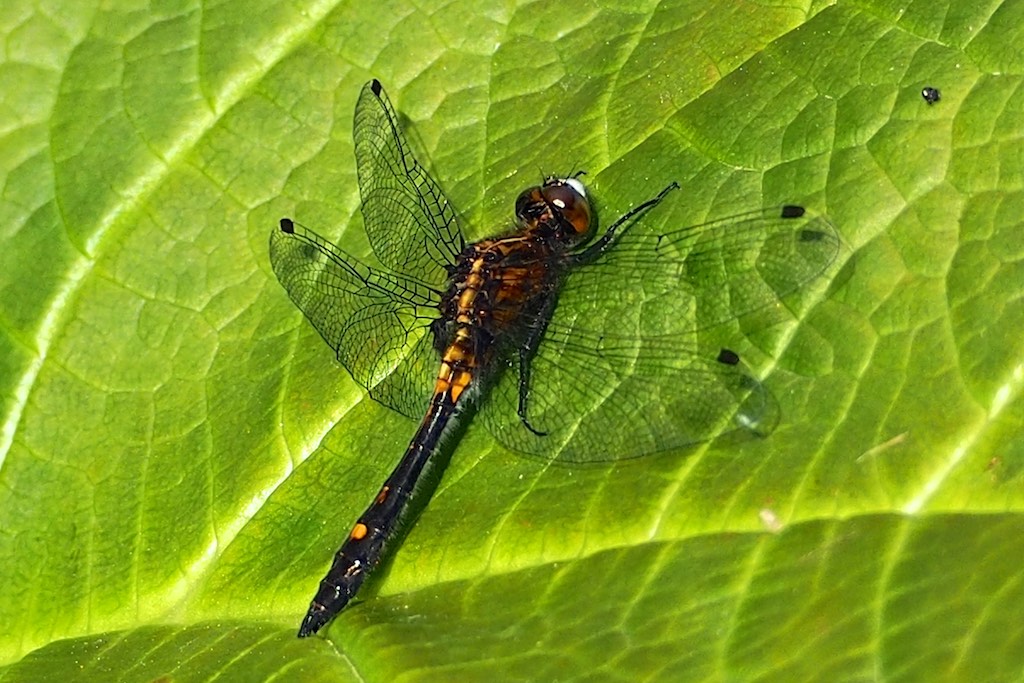
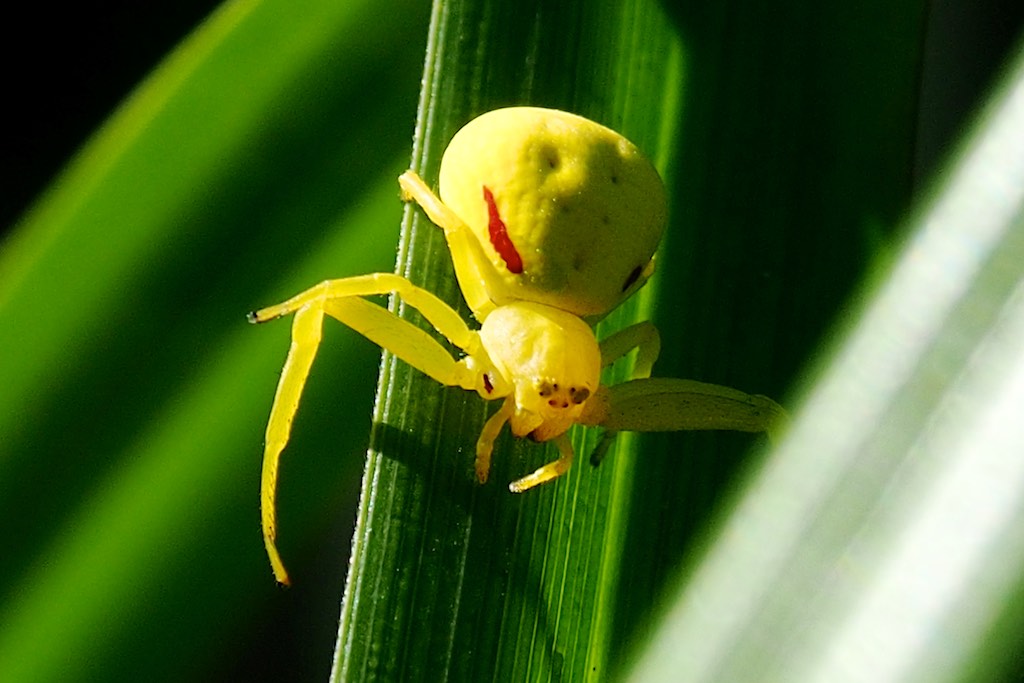
 Yellow Crab Spider Misumena vatia (Ara.: Thomisiidae) Gordon Hart
Yellow Crab Spider Misumena vatia (Ara.: Thomisiidae) Gordon Hart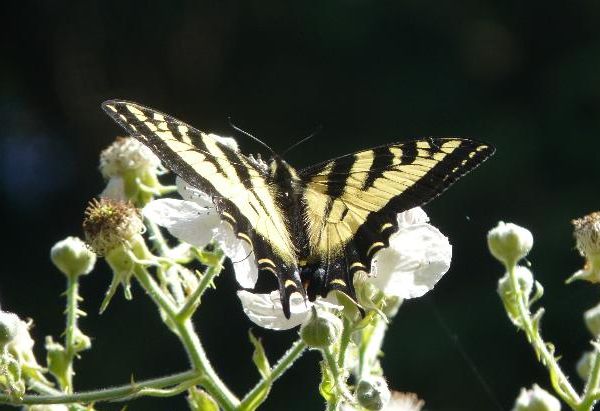
 Western Tiger Swallowtail Papilio rutulus (Lep.: Papilionidae) Annie Pang
Western Tiger Swallowtail Papilio rutulus (Lep.: Papilionidae) Annie Pang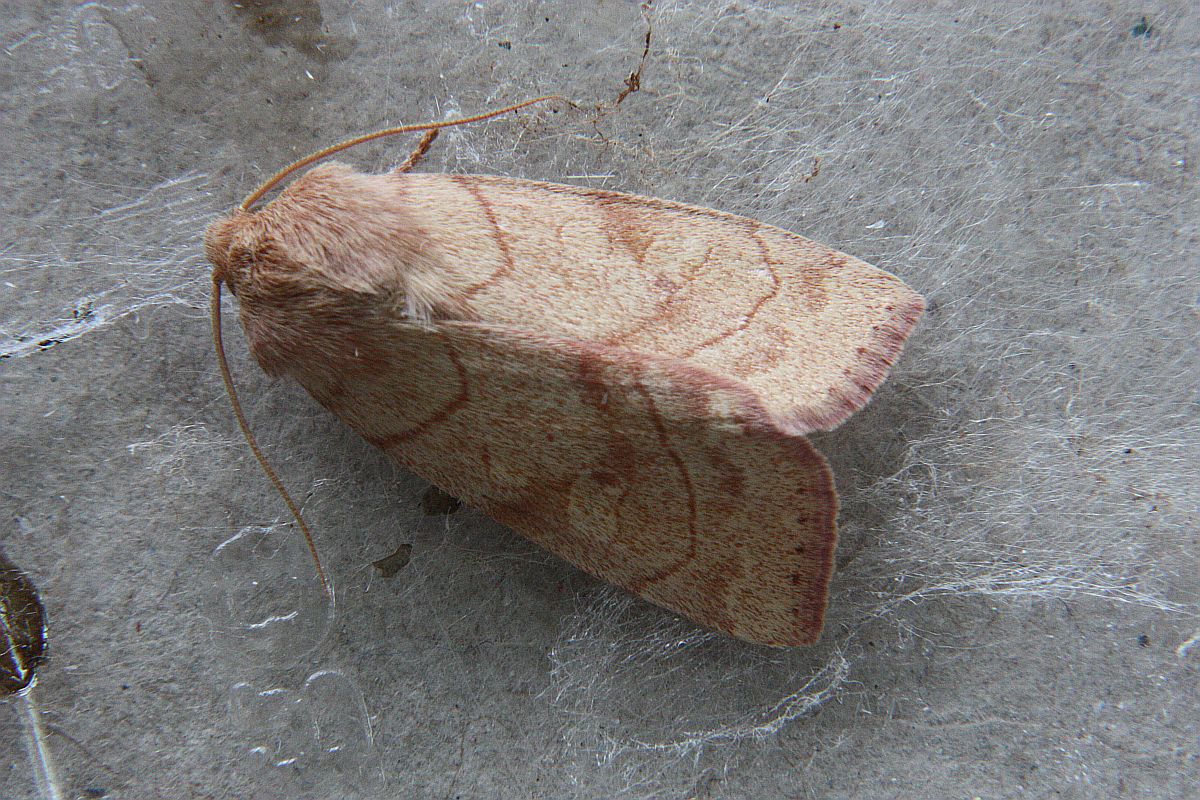


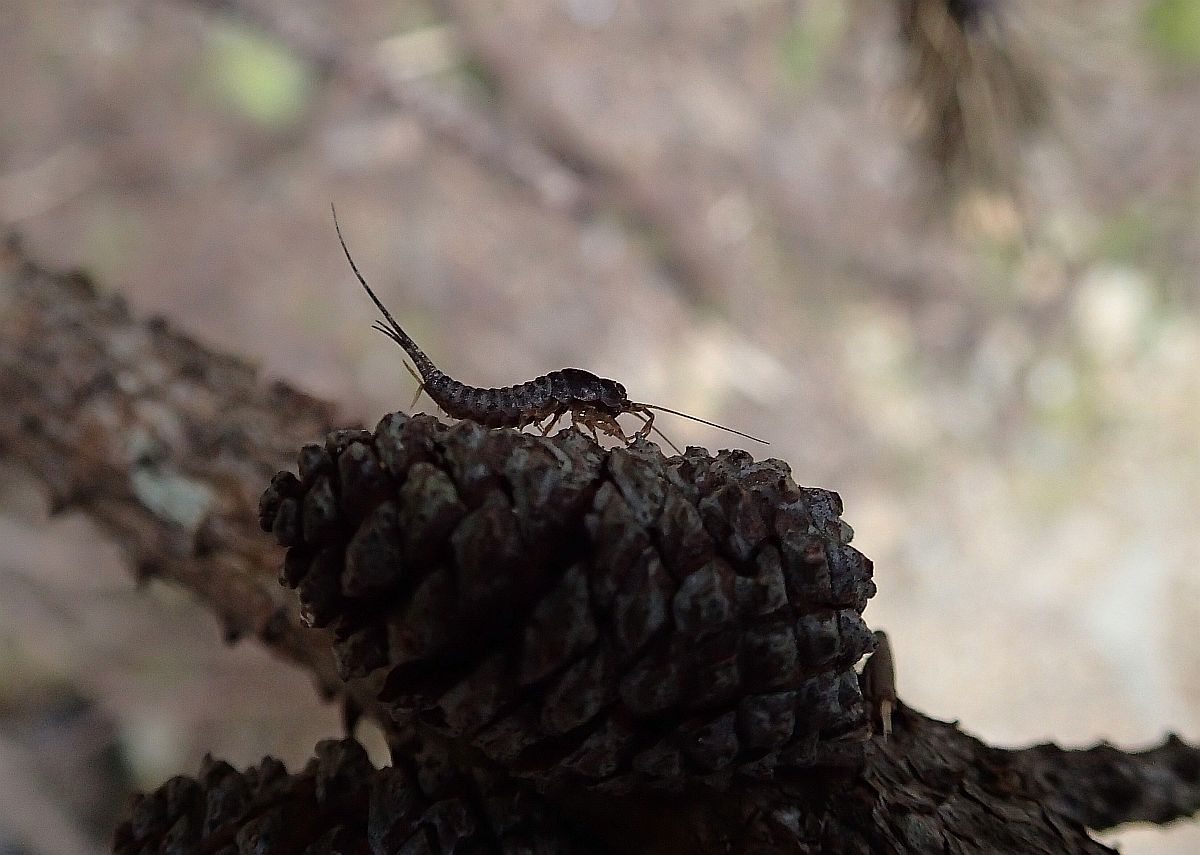
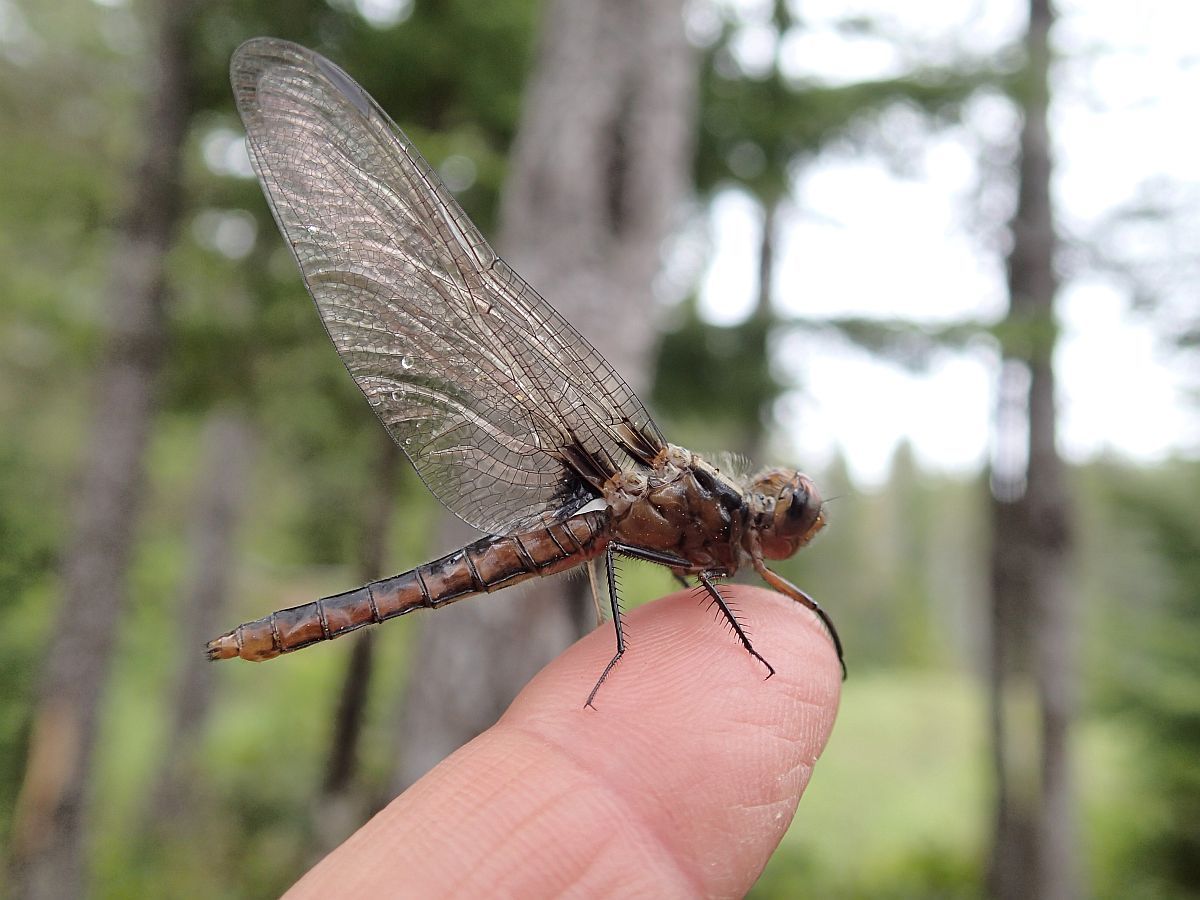
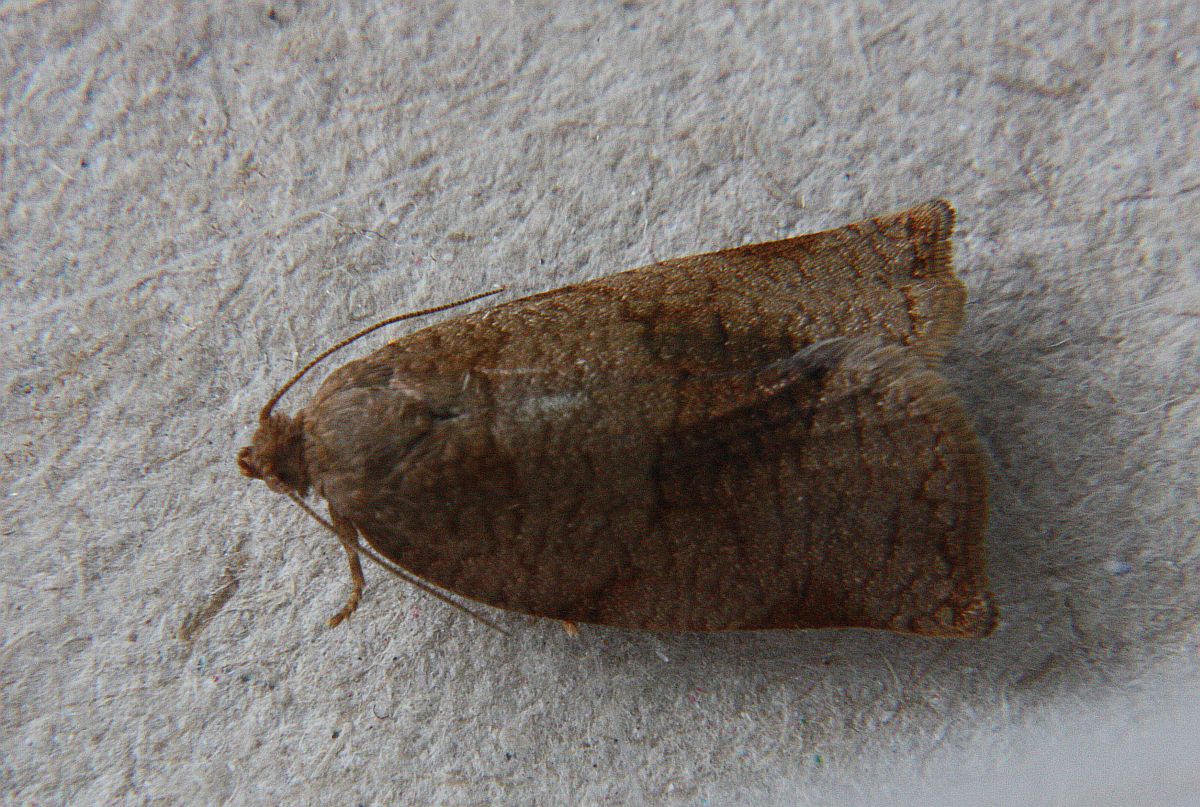
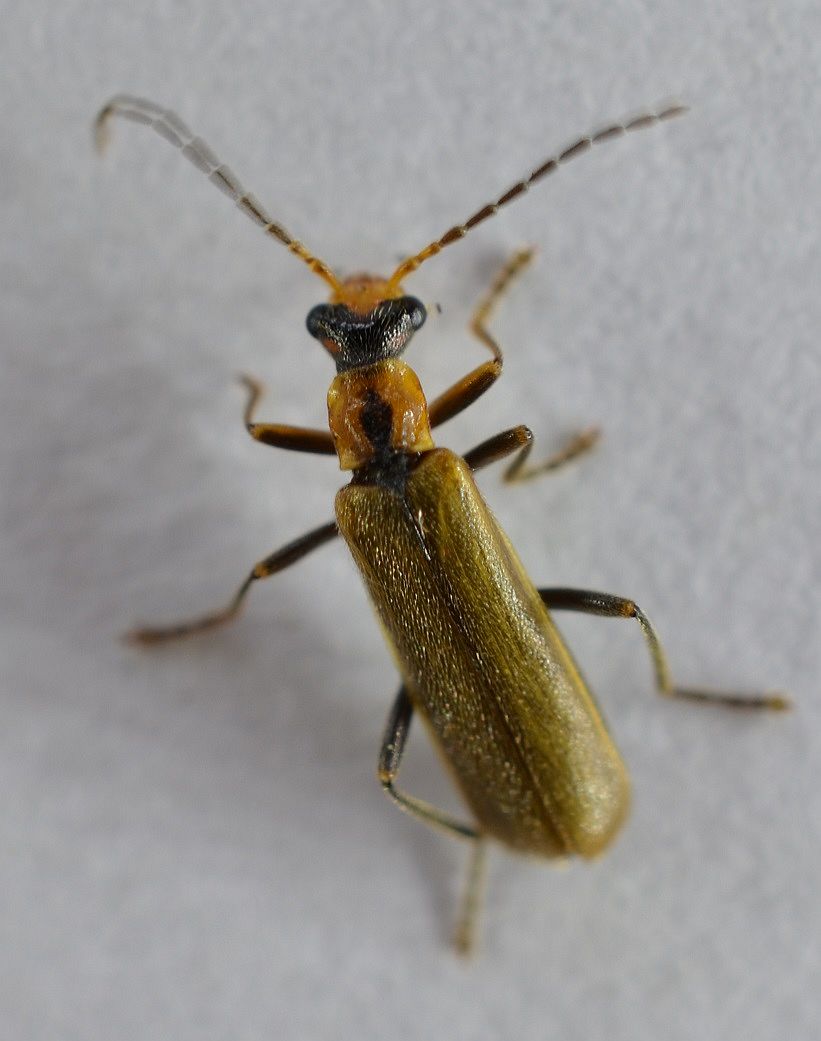
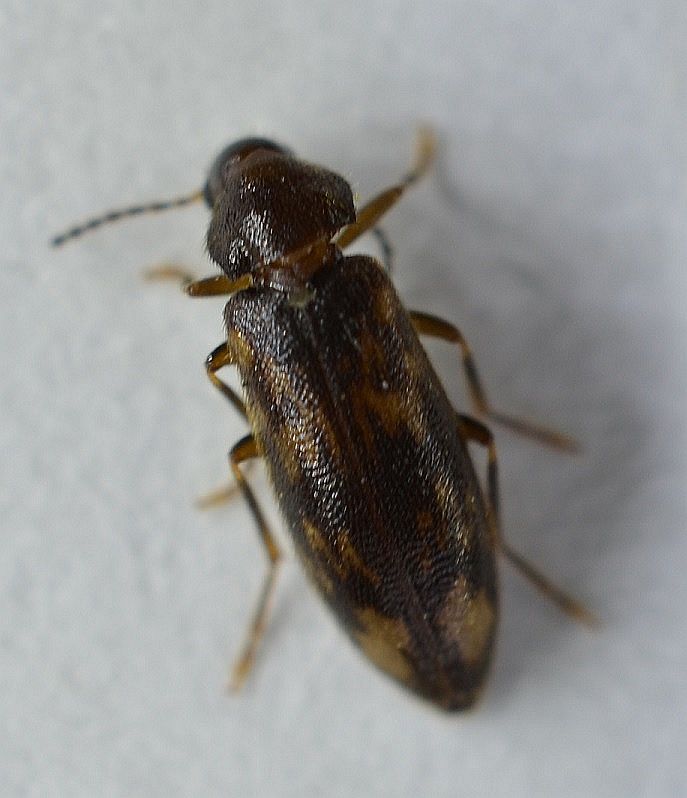
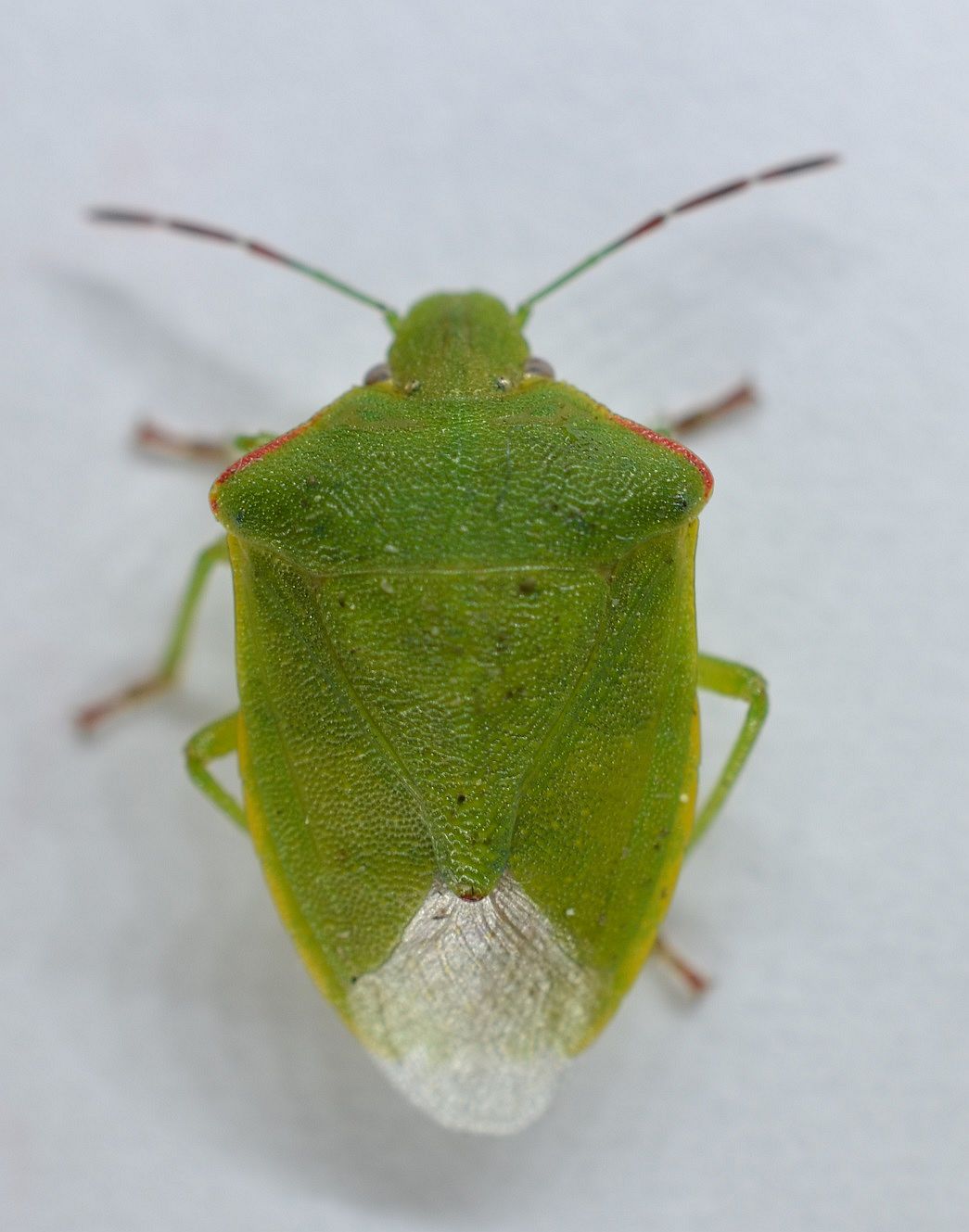
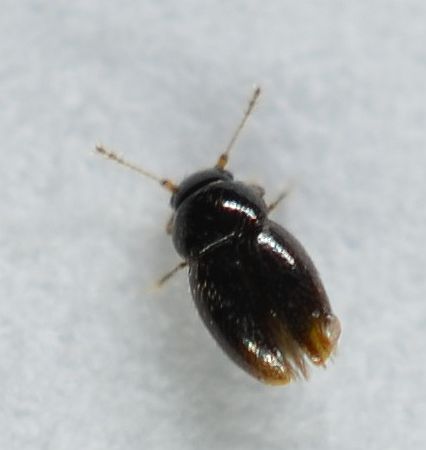
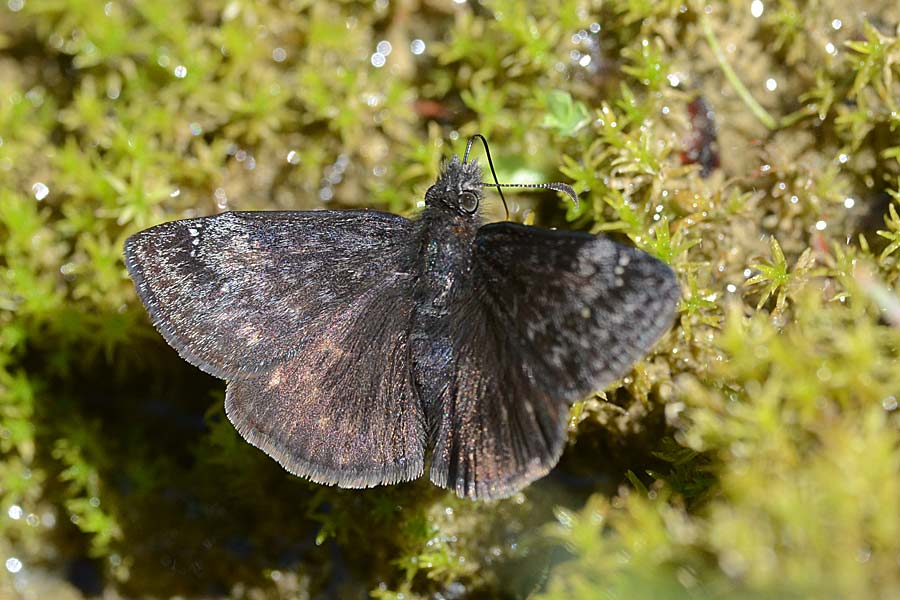
 Persius Duskywing Erynnis persius (Lep.: Hesperiidae) Mike Yip
Persius Duskywing Erynnis persius (Lep.: Hesperiidae) Mike Yip
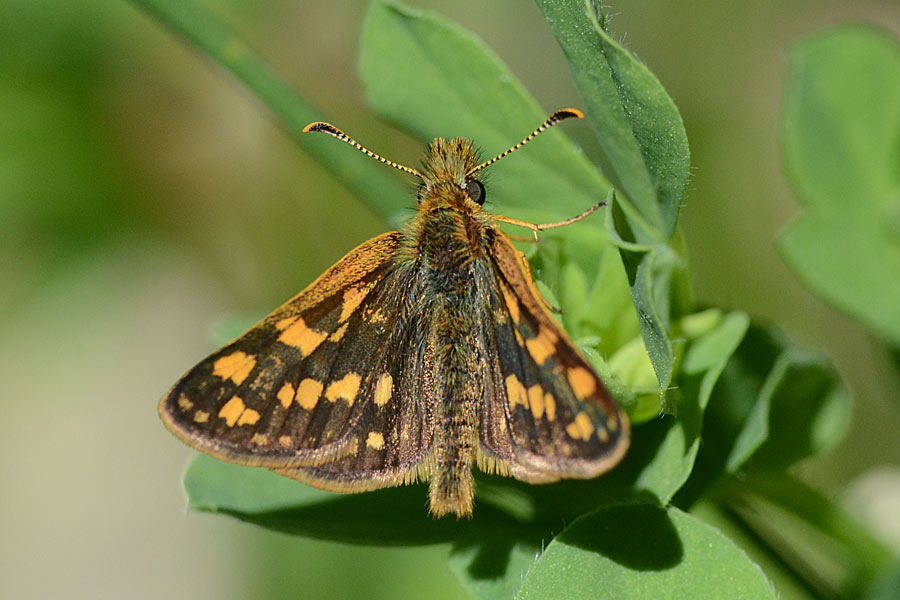

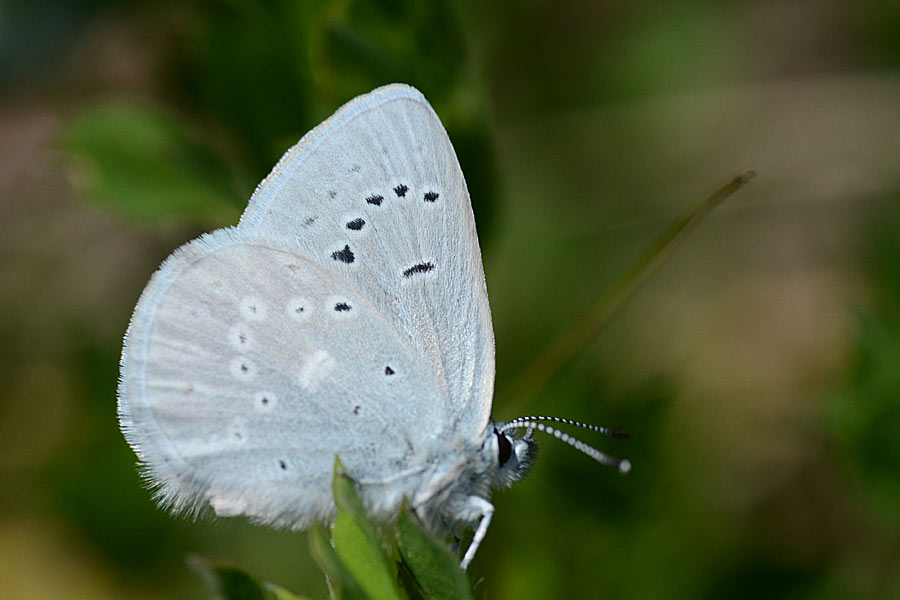
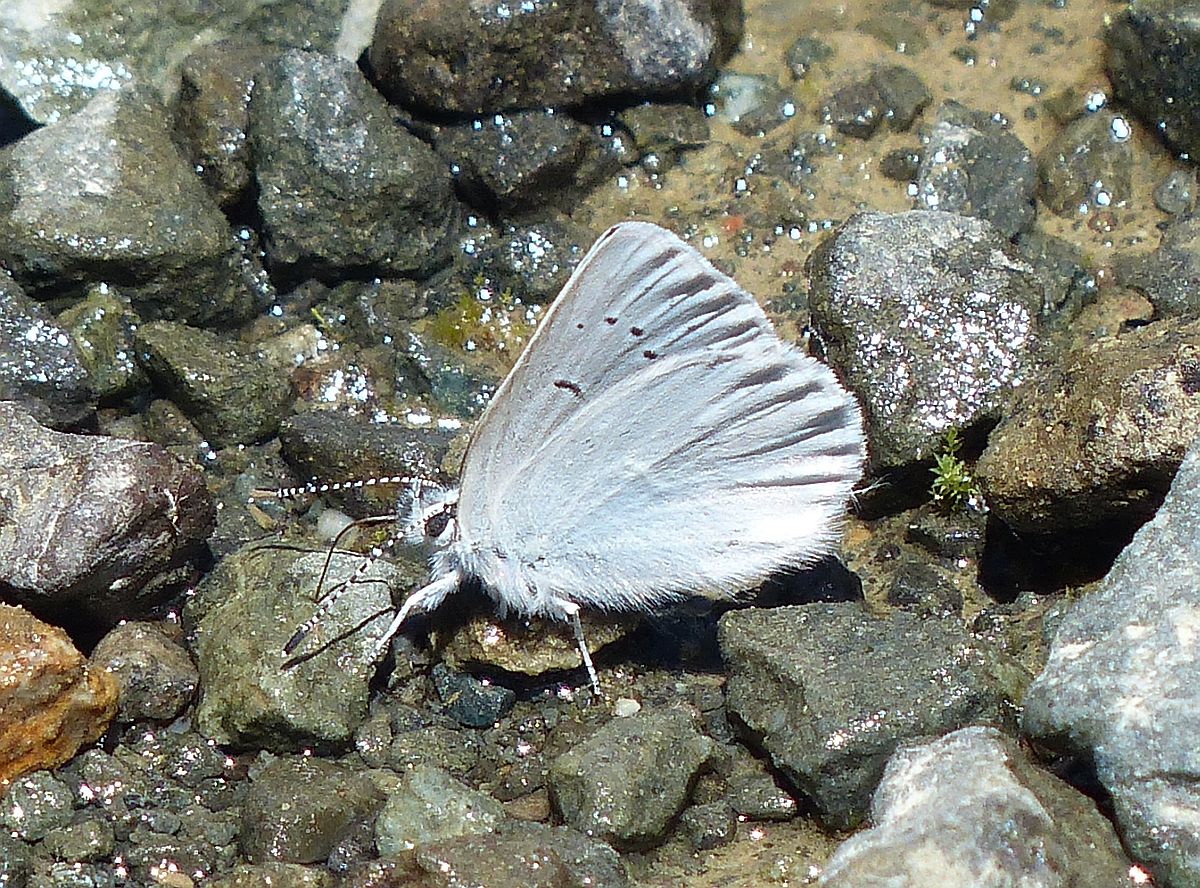
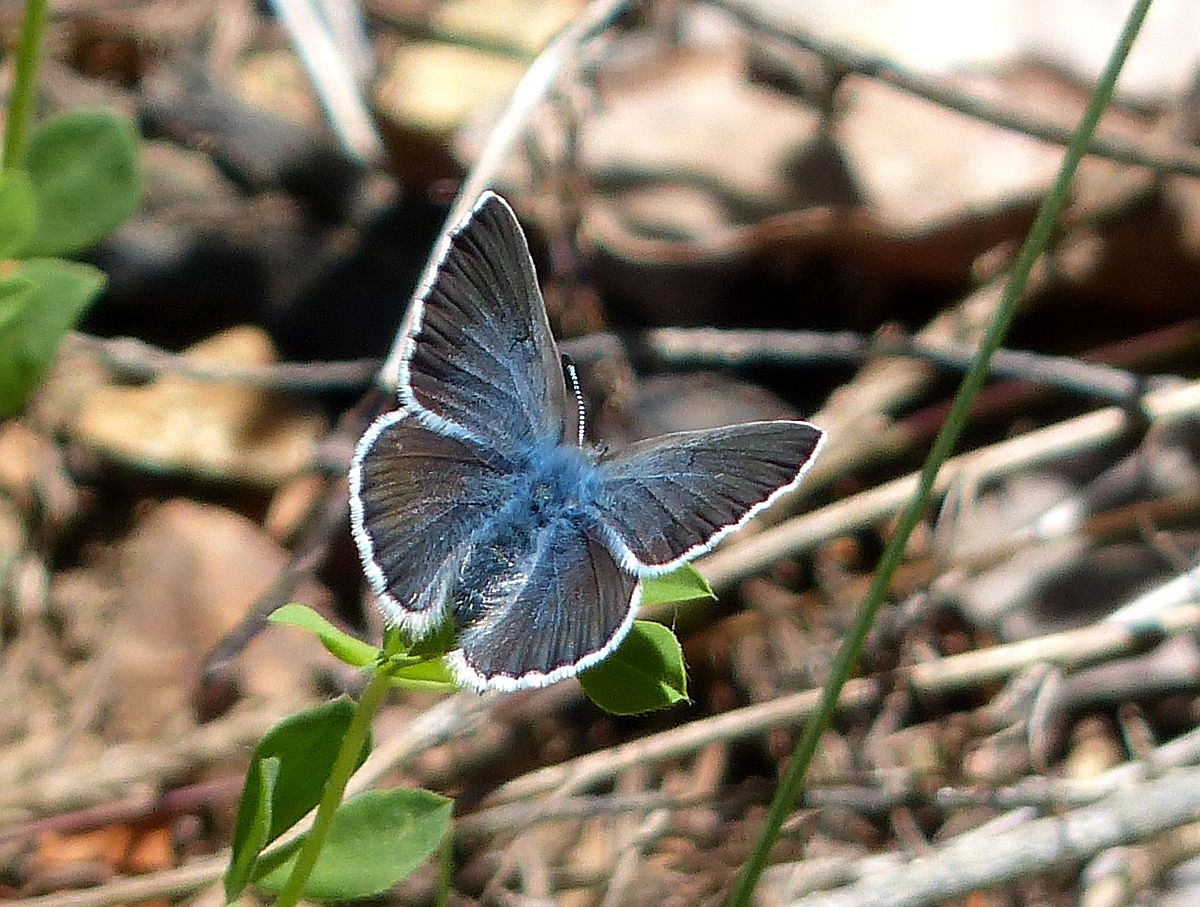
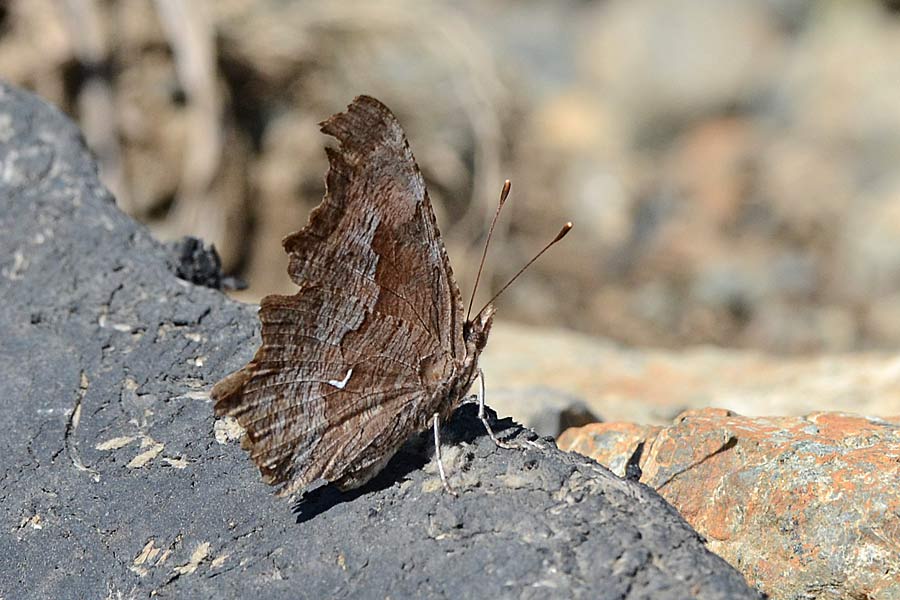
 Hoary (“Zephyr”) Comma Polygonia gracilis zephyrus (Lep.: Nymphalidae) Mike Yip
Hoary (“Zephyr”) Comma Polygonia gracilis zephyrus (Lep.: Nymphalidae) Mike Yip
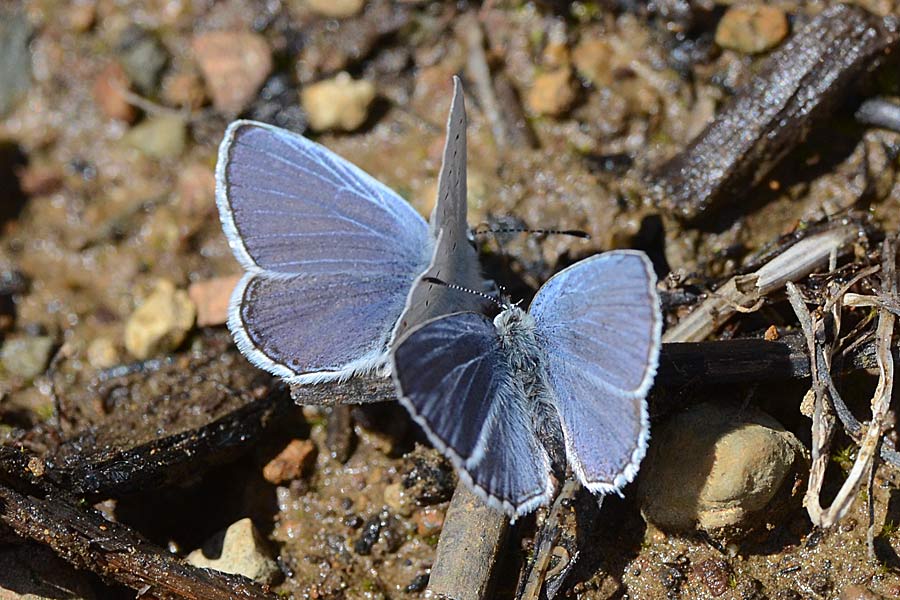
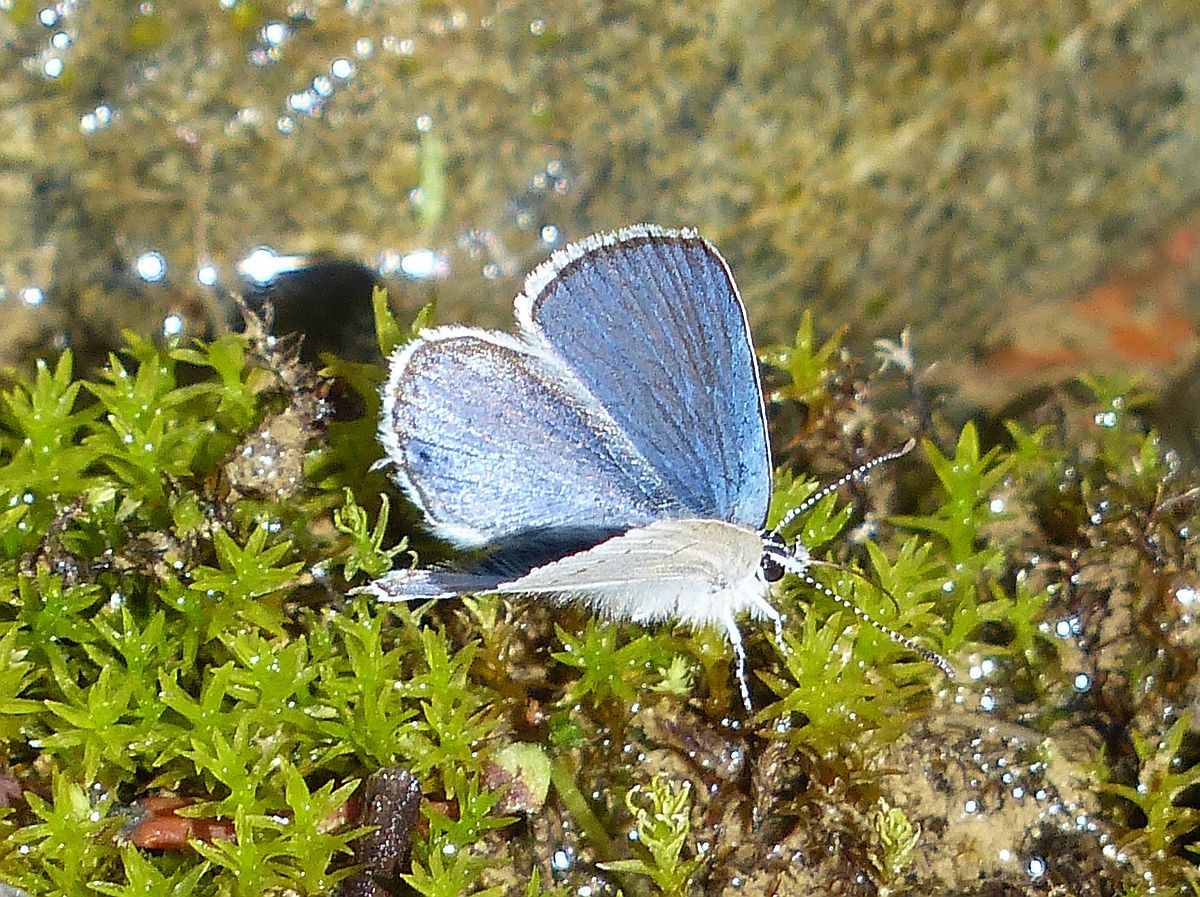
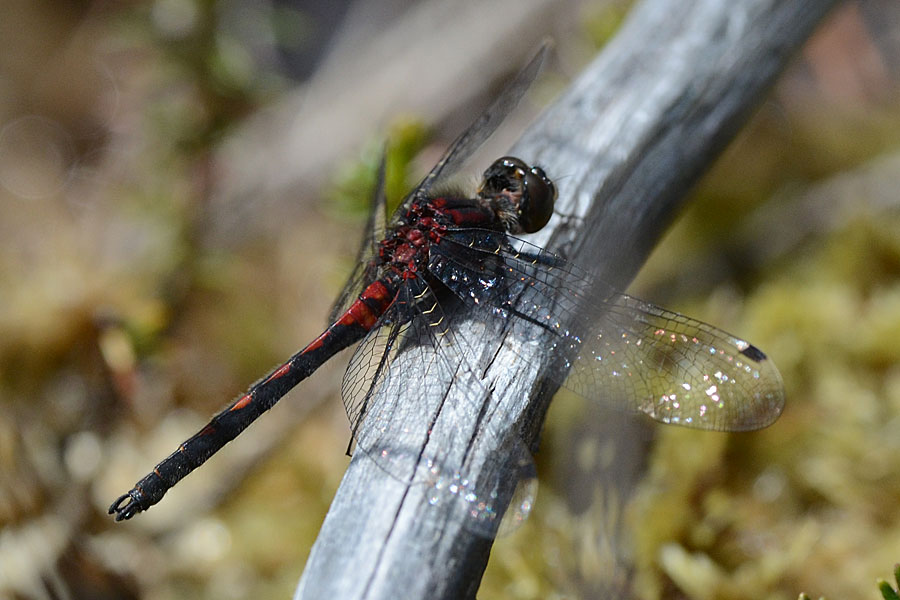
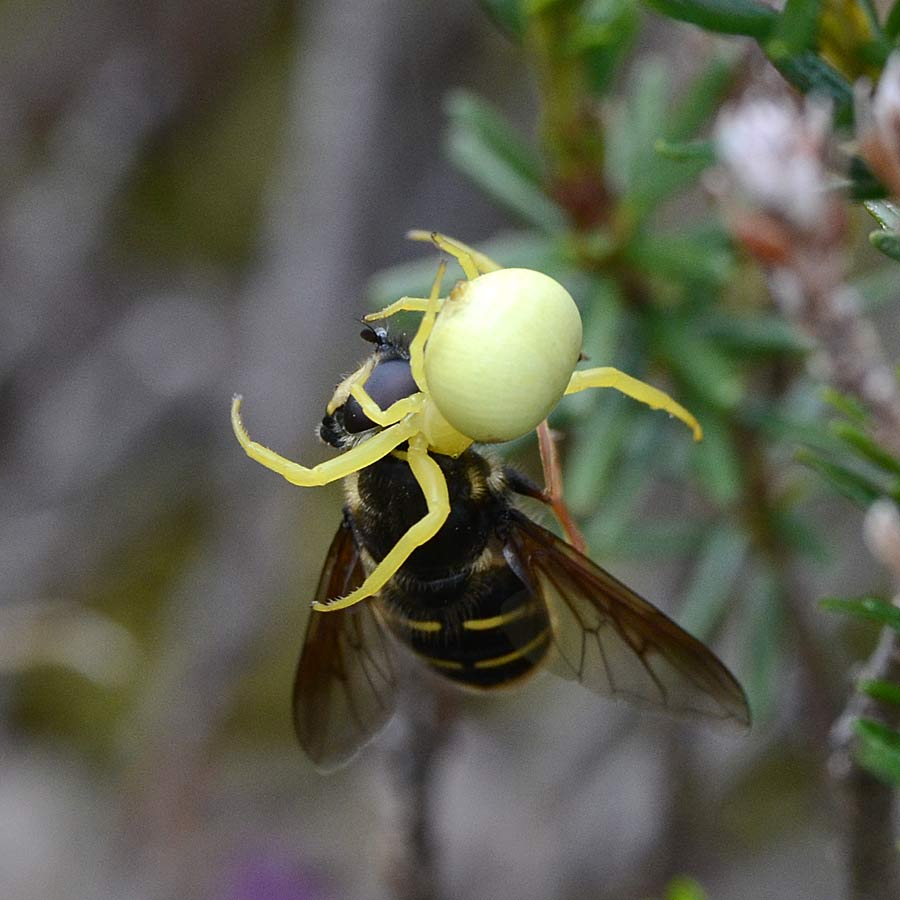
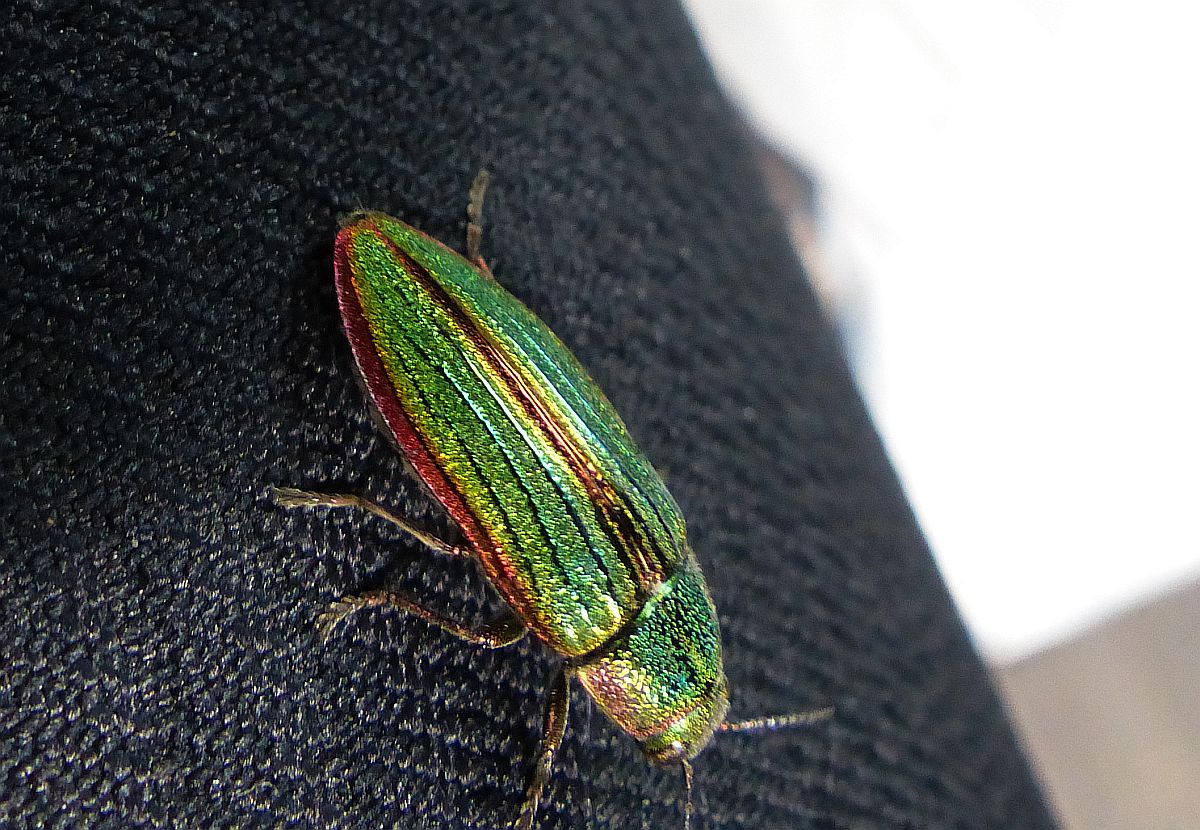
 Buprestis aurulenta (Col.: Buprestidae) Aziza Cooper
Buprestis aurulenta (Col.: Buprestidae) Aziza Cooper